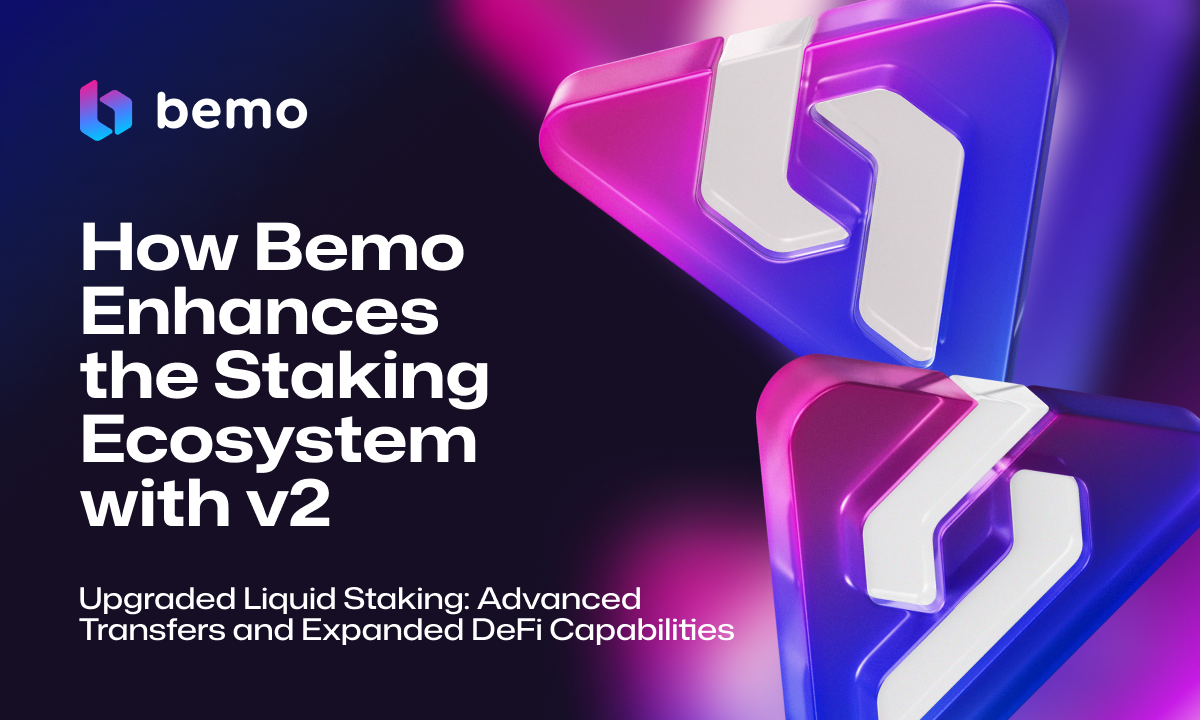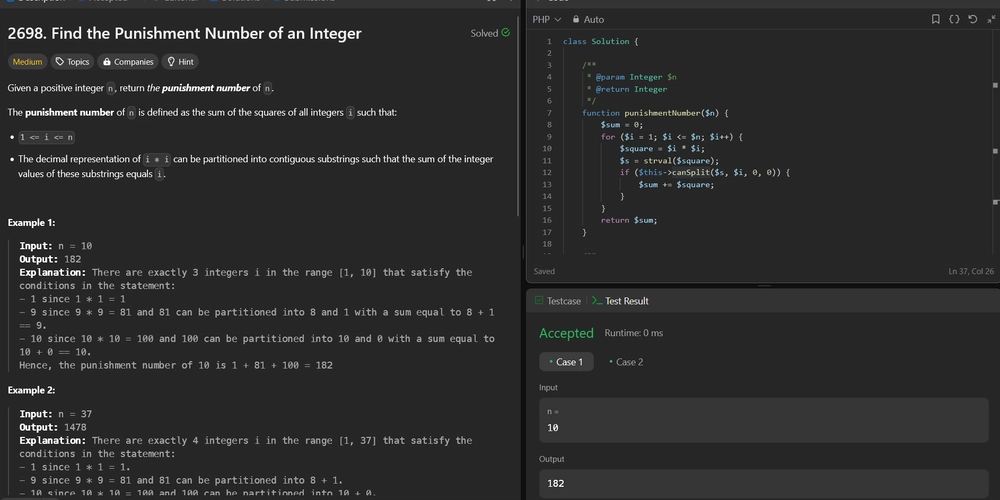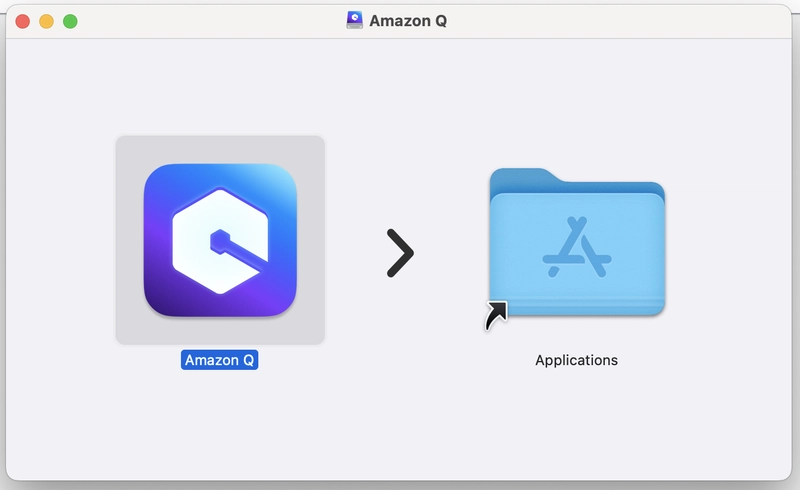As a DevOps intern, I had to explore a wide range of tools. Coming from a web development background with Django and React.js, shifting to a DevOps role was slightly challenging. It forced me to step out of my development comfort zone and learn how to manage builds, deployments, and automate tasks. At first, it was overwhelming—so many new tools, workplace jargon, and concepts. I even questioned if I had made the right choice or if I had what it takes to succeed. But as I started working with these tools, I slowly found my passion for them. More than fear, I started feeling excitement, and soon, my mindset shifted. ✨ What Sparked My Interest? I quickly realized that managing infrastructure manually is inefficient and prone to errors. That’s when I jumped into the world of automation and DevOps tools like Ansible. The idea of automating tasks, reducing repetitive work, and ensuring consistency across multiple systems struck a chord with me.
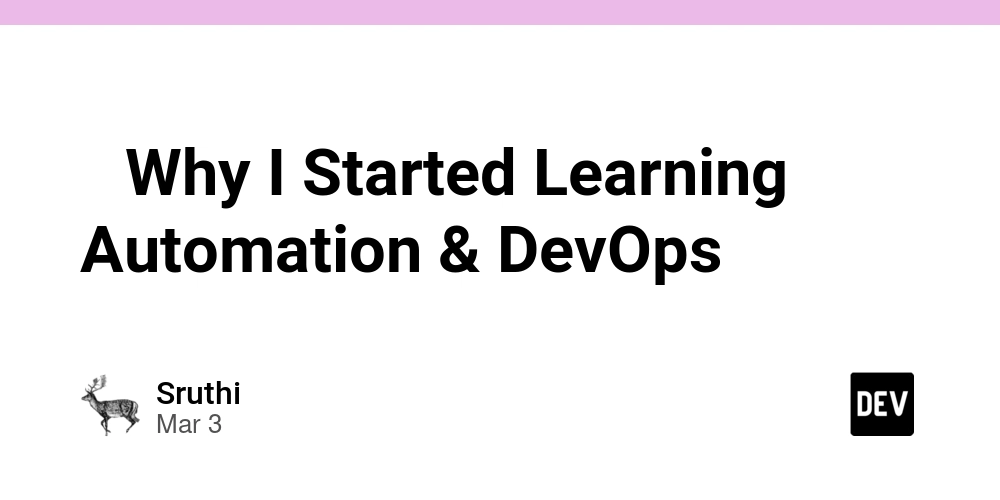
As a DevOps intern, I had to explore a wide range of tools. Coming from a web development background with Django and React.js, shifting to a DevOps role was slightly challenging. It forced me to step out of my development comfort zone and learn how to manage builds, deployments, and automate tasks.
At first, it was overwhelming—so many new tools, workplace jargon, and concepts. I even questioned if I had made the right choice or if I had what it takes to succeed. But as I started working with these tools, I slowly found my passion for them. More than fear, I started feeling excitement, and soon, my mindset shifted.
✨ What Sparked My Interest?
I quickly realized that managing infrastructure manually is inefficient and prone to errors. That’s when I jumped into the world of automation and DevOps tools like Ansible. The idea of automating tasks, reducing repetitive work, and ensuring consistency across multiple systems struck a chord with me.










































































































































































![[The AI Show Episode 142]: ChatGPT’s New Image Generator, Studio Ghibli Craze and Backlash, Gemini 2.5, OpenAI Academy, 4o Updates, Vibe Marketing & xAI Acquires X](https://www.marketingaiinstitute.com/hubfs/ep%20142%20cover.png)
















































































































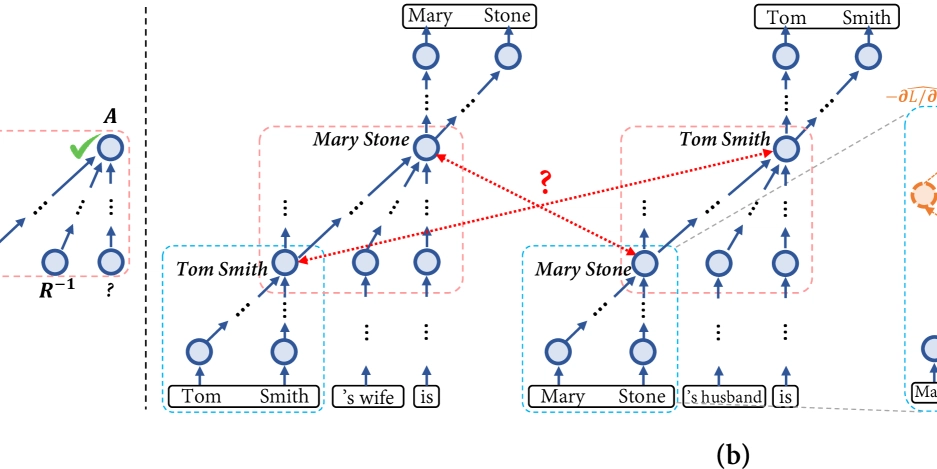

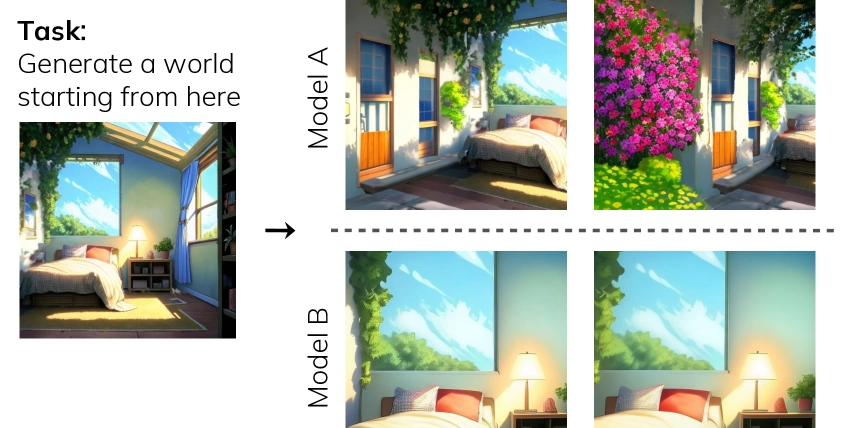
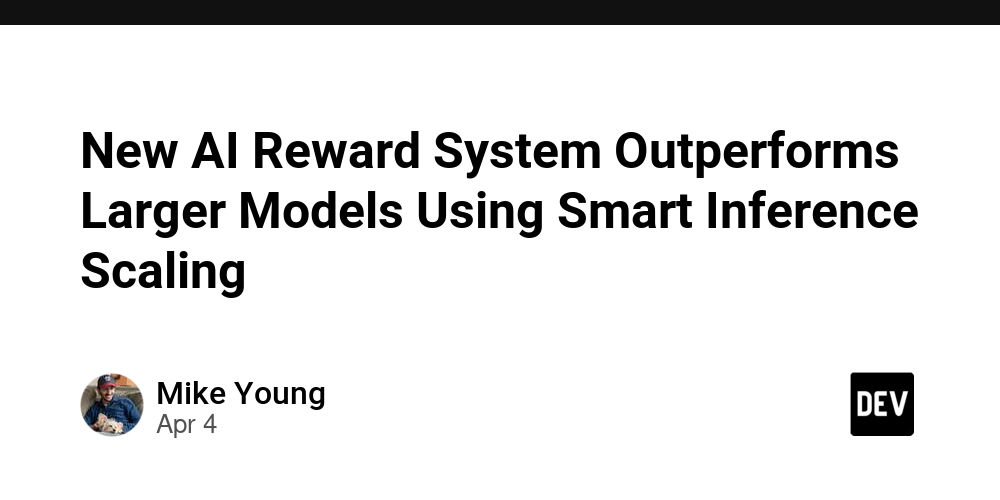


























































































































.jpg?#)















































































































































![YouTube Announces New Creation Tools for Shorts [Video]](https://www.iclarified.com/images/news/96923/96923/96923-640.jpg)

![Apple Faces New Tariffs but Has Options to Soften the Blow [Kuo]](https://www.iclarified.com/images/news/96921/96921/96921-640.jpg)
































































































